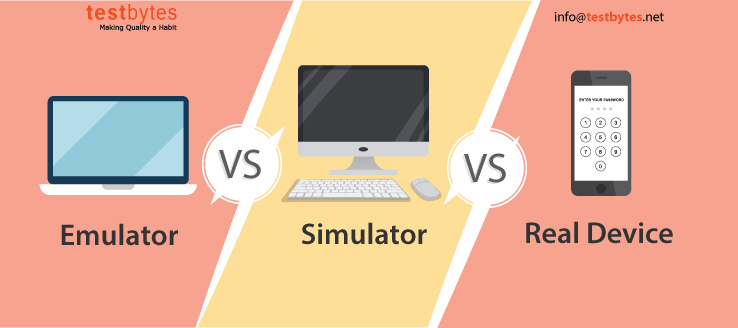We live in a complicated world where intrusions, breaches, and other criminal internet activity appear to be in the news all the time. The constant risks that today’s enterprises face must be addressed by security procedures that are effective enough. Given the increased numbers of cybercrimes against DoD contractors, IT services for government contractors has become essential.
The ability to gather, analyze, and report data that supports these various areas is essential because security professionals have a lot on their plates, including identification and verification, access control, data encryption in both transit and at rest, data integrity, scheme, and availability of information, vendor management, incident handling, security controls, vulnerability analysis, malware defenses, and application security.
While logging and tracking, like the areas already described, are essential components of an organizational security program, they play a unique function in assisting and offering insight into each of the other vital areas. This blog will provide a brief review of logging and tracking, some of the accompanying problems, as well as recommended practices.
Why Is Logging Important and What Is Logging?
To put it simply, a system log is a group of discrete recordings that each indicate a particular action, event, error situation, problem, or general state on a network or information system. Important information in these log entries aids system and security managers in understanding what is happening in an information system.
Logs assist administrators in being aware of any potential (or real) illicit behavior on the framework or modifications that may occur that weaken the system’s overall security because many logs comprise security-relevant information.
Administrators, security workers, and development teams won’t be able to see any system activity if the system doesn’t produce logs. They won’t be aware of any potentially harmful behavior in the system, and they won’t be able to react to it either. They won’t know how a compromise happened or the attacker’s subsequent switch in strategy. Once data is exfiltrated and their malevolent presence continues, attempted, and successful assaults will go undetected eternally.
The Federal Information Security Management Act (FISMA), and the Health Insurance Portability and Accountability Act are two examples of federal laws and regulations that demand the maintenance of audit logs by IT solutions and services company.
What Must Be Registered? Policy for Logging and Monitoring
It depends is the response to this query. There are a lot of criteria that contribute to choosing what should be incorporated into an organization’s security logging settings. Other logs are also used to track things like availability, performance, error circumstances, etc.
It is not necessary to turn on a feature to produce log events just because it is available because doing so could increase the likelihood of log overflow, which is typical in many contexts. Basically, an organization’s security logging and monitoring policy should determine what is logged, how logs are communicated, how logs are rotated, retained, stored, etc.
Supporting forensic investigations into actual or prospective breaches is one of the main justifications for enabling security logging. Therefore, it is crucial to record incidents that will aid breach examinations, including the ones listed below:
- Login events that are successful and unsuccessful
- Management of accounts activities
- use of authorized commands in apps and on the computer system
- alterations to authorization
- Critical data sets’ data access, modification, and deletion
The audit record for each of the aforementioned audit events should also include:
- A timestamp.
- The location of the event.
- The event’s origin.
- The event’s outcome.
- Any identifying information for the people or processes posing on behalf of people who carried out the action.

